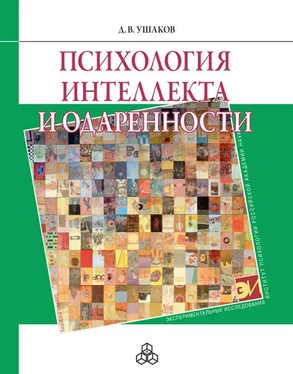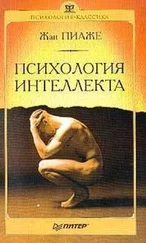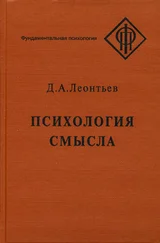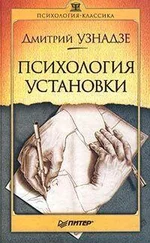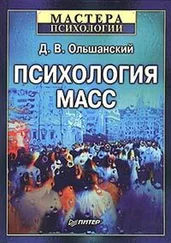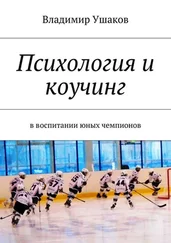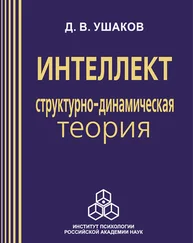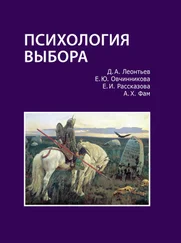Meeker M., Meeker R. SOI learning abilities test (rev. ed.). El Segundo, CA: SOI Institute, 1969.
Mendelsohn G. Associative and attentional processes in creative performance // Journal of Personality. 1976. 44. P. 341–396.
Mendelsohn G., Griswold B. Differential use of incidental stimuli of problem solving as a function of creativity // Journal of Abnormal and Social Psychology. 1964. V. 68. № 4. P. 431–436.
Mill J. S. Autobiography. London: Oxford University Press, 1971.
Mimo M., Cantor J. H., Riley C. A. The development of representation skills in transitive reasoning based on relations of equality and inequality // Child Development. 1983. 54. P. 1457–1469.
Moffitt T. E., Caspi A., Harkness A. R., Silva P. A. The natural history of changes in intellectual performance: Who changes? How much? Is it meaningful? // Journal of Abnormal Psychology. 1993. 90. P. 152–156.
Moles A. Information theory and esthetic perception. Urbana: University of Illinois Press, 1968.
Monteil J.-M. Eléments pour une exploration des dimensions du conflit socio-cognitif: une expérimentation chez l’adulte // J.-L. Beauvois, R.-V. Joule, J.-M. Monteil (eds). Perspectives cognitives et conduites sociales. 1. Théories implicites et conflits cognitifs. Suisse, Cousset: Del Val. 1987. P. 499–518.
Neisser U. Memory observed. N. Y.: Freeman, 1982.
Newell A. Dunker on thinking: An inquiry into progress in cognition // S. Koch, D. Leary (eds). A Century of Psychology as Science: Retrospections and Assessment. N. Y.: McGraw-Hill, 1981.
Nguyen-Xuan A. Apprentissage par l’action d’un domaine de connaissance et apprentissage par l’action du fonctionnement d’un dispositif de commande // J.-M. Hoc, P. Mendelsohn (eds). Les language informatiques dans l’enseignement. 1988.
Nuttall R. L. Some correlates of high need for achievement among urban northern Negroes // Journal of Abnormal Social Psychology. 1964. 68. P. 593–600.
Ohlmann T. Processus vicariants et théorie neutraliste de l’évolution: une nécessaire convergence // J. Lautrey (ed.). Universel et Différentiel en Psychologie. Paris: PUF, 1995.
Page E. B., Grandon G. M. Family configuration and mental ability: two theories contrasted with U. S. data // American Educational Research Journal. 1979. 16. P. 257–272.
Pagès R. Navette d’échelles en sociopsychologie politique // Bulletin de psychologie. 15. 1986. 379. P. 233–250.
Pagès R. L’intelligence entre le confit et l’aménité: à propos du conflit sociocognitif // J.-L. Beauvois, R.-V. Joule, J.-M. Monteil (eds). Perspectives cognitives et conduites sociales. 1. Théories implicites et conflits cognitifs. Suisse, Cousset: Del Val, 1987. P. 249–284.
Pagès R. La société humaine n’étant pas une termitiére vit de psychodiversité dans la biodiversité // Communication au 2-e congrès international d’Eurotalent. Milan-Vercelli, 1993.
Pagès R., Derghal M. Reduire ou faciliter l’expression de l’idiosyncrasie individuelle: concepts et esquisse experimentale // Bulletin de Psychologie. 1984. 37. 11–14. P. 695–711.
Pasqual-Leone J. Organismic processes for neo-Piagetian theories: a dialectical causal account of cognitive development // International Journal of Psychology. 1987. 22. P. 25–64.
Pedersen N. L., Plomin R., McClearn G. E. Is there G beyond g (is there genetic influence on specific cognitive abilities independent of genetic influences on general cognitive ability?) // Intelligence. 1994. 18. P. 133–143.
Pegnato C., Birch J. Locating gifted children in junior high school // Exceptional children. 1959. 25 (7). P. 300–304.
Perner J. Understanding the representational mind. Cambridge, London: MIT Press, 1991.
Perner J., Steiner G., Staehelin C. Mental representation of length and weight series and transitive inferences in young children // Journal of Experimental Child Psychology. 1981. 31. P. 177–182.
Piaget J. Cognitions and conservations: two views // Contemporary Psychology. 1967. 12. P. 532–533.
Piaget J. Quantification, conservation and nativism // Science. 1968. 162. P. 976–979.
Piaget J., Inhelder B. La representation de l’espace chez l’enfant. Neuchatel: Delachau, Niestlé, 1947.
Planche P. Modalites fonctionnelles et conduites de resolution de problémes chez l’enfant de cinq, six et sept ans d’age chronologique // Archives de psychologie. 1985. 53. 207. P. 411–415.
Planche P. Precocite intellectuelle: fonctionnement cognitif et dysharmonie // Actes du XXVIe congrés de psychologie a Montreal. International journal of psychology. 1996. 31. P. 371.
Planche P. La construction des notions spatiales chez les enfants intellectuellement precoces, ages de 6 a 8 ans // Enfance. 1998. 2. P. 159–171.
Planche P. Les strategies de décentration centration spatio-cognitive chez les enfants intellectuellement précoces de 6 ans // Bulletin de psychologie. 1999. 52 (4). P. 473–480.
Plomin R. Development, genetics and psychology. Lawrence Erlbaum Ass., 1986.
Plomin R., DeFries J. C. A parent-offspring adoption study of cognitive abilities in early childhood // Intelligence. 1985. 9. P. 341–356.
Politzer G., Nguyen-Xuan A. Reasoning about conditional promises and warnings: Darwinian algorithms, mental models, relevance judgements or pragmatic schemas? // Quarterly Journal of Experimental Psychology. 1992. 44 (3). P. 401–421.
Pollins L. D. The effects of acceleration on the social and emotional development of gifted students // C. P. Benbow, J. C. Stanley (eds). Academic precocity. Baltimore, MD: Johns Hopkins University Press, 1983. P. 160–178.
Posner M. I., Mitchell R. F. Chronometric analyses of classification // Psychological Review. 1967. 74. P. 392–409.
Price D. Little science, big science. N. Y.: Columbia University Press, 1963.
Raven J. A model of competence, motivation and behavior and a paradigm for assessment // H. Berlak (ed.). Assessing academic achievement: issues and problems. 1991.
Reber A. S. Implicit learning of artificial grammars // Journal of Verbal Learning and Verbal Behavior. 1967. V. 6. P. 855–863.
Reber A. S. Transfer of syntactic structure in synthetic languages // Journal of Experimental Psychology. 1969. V. 81. P. 115–119.
Reber A. S. Implicit learning of synthetic languages: The role of instructional set // Journal of Experimental Psychology: Human Learning and Memory. 1976. V. 2. P. 88–94.
Reber A. S. Implicit learning and tacit knowledge: An essay on the cognitive unconscious. N. Y.: Oxford University Press, 1993.
Record R. G., McKeown T., Edwards J. H. The relation of measured intelligence to birth order and maternal age // Annals of Human Genetics. 1969. 33. P. 61–69.
Renzully J. S., Reis S. M. The Schoolwide Enrichment Model. A how-to guide for educational excellence. Connecticut: Creative Learning Press, Inc., 1997.
Retherford R. D., Sewell W. H. Birth order and intelligence: Further tests of the confluence model // American Sociological Review. 1991. 56. P. 141–1 5 8.
Reuchlin M. Processus vicariants et différences individuelles // Journal de psychologie. 1978. 2. P. 133–145.
Riley C. A., Trabasso T. Comparative logical structures and encoding in a transitive inference task // Journal of Experimental Child Psychology. 1974. 17. P. 187–203.
Rips L. Deduction // R. J. Sternberg, E. E. Smith (eds.) The psychology of human thought. Cambridge: Cambridge University Press, 1991. P. 116–153.
Читать дальше
Конец ознакомительного отрывка
Купить книгу
